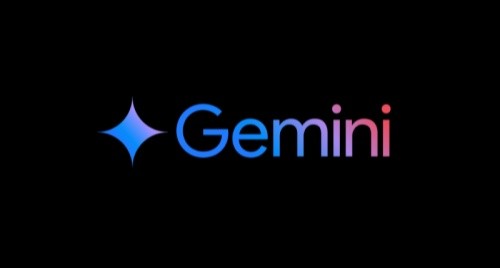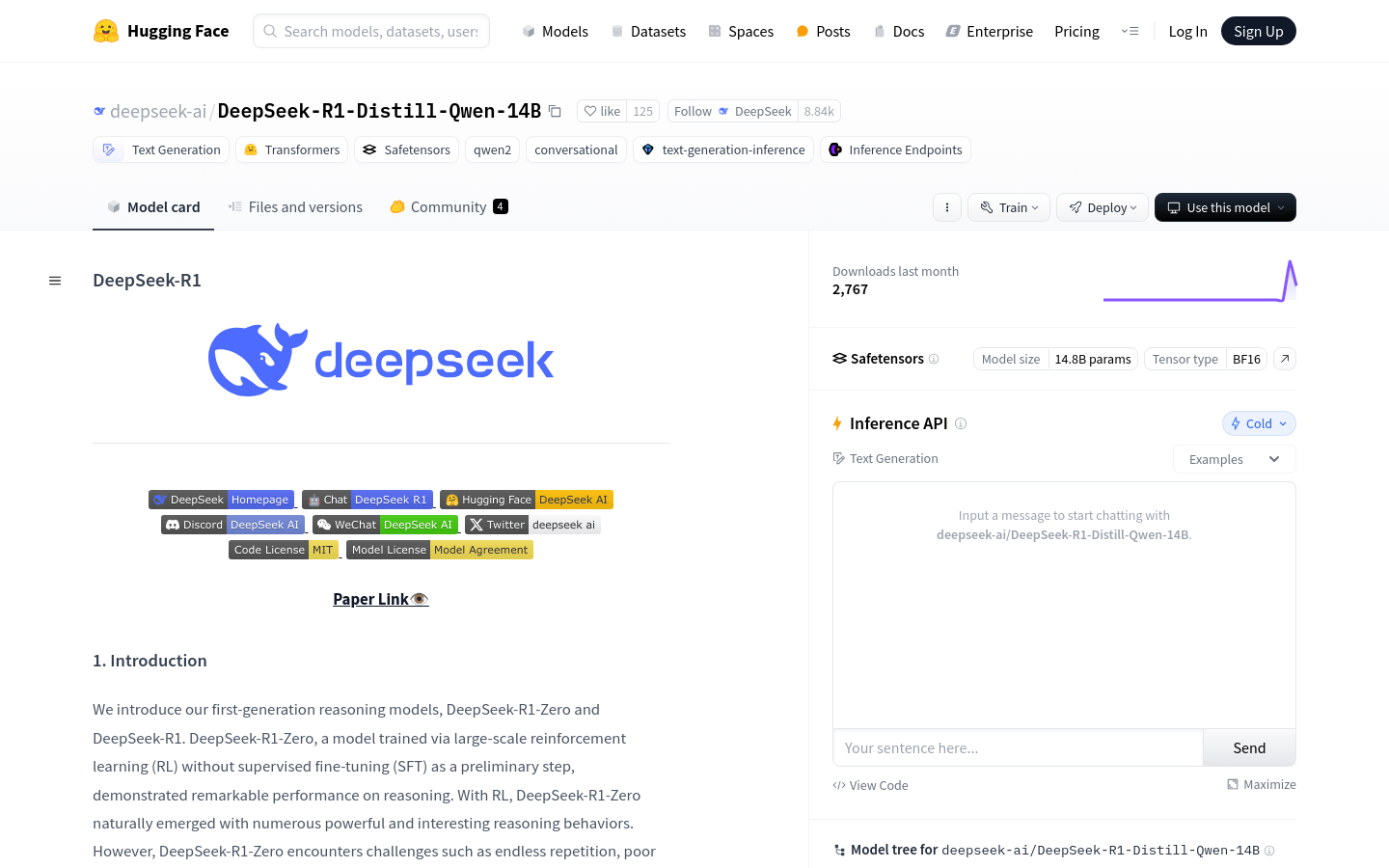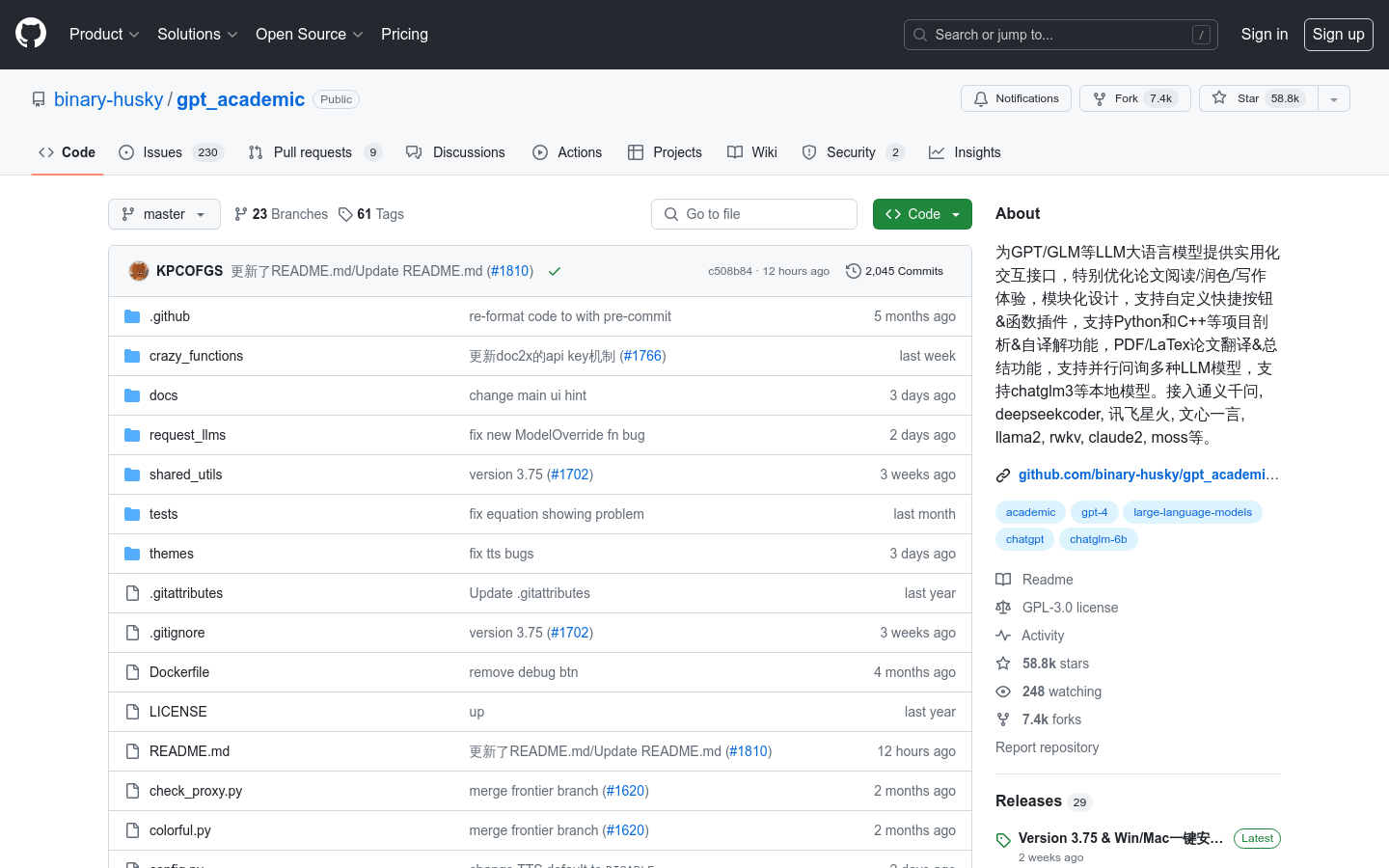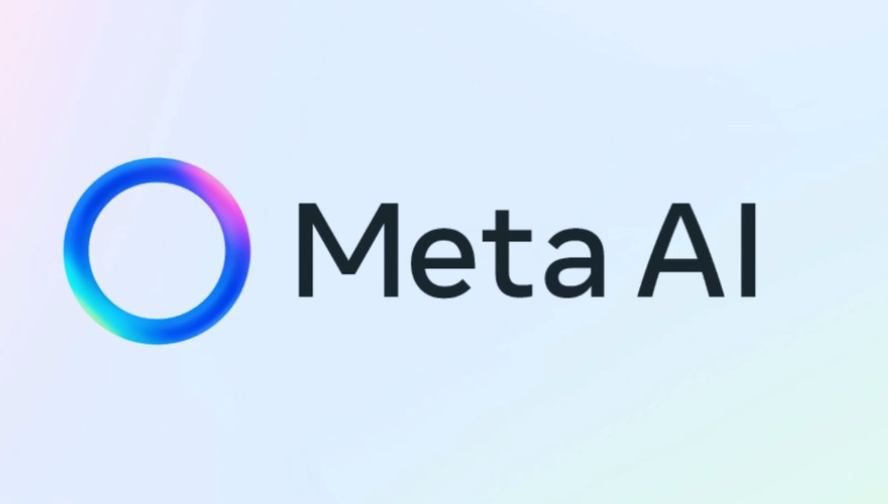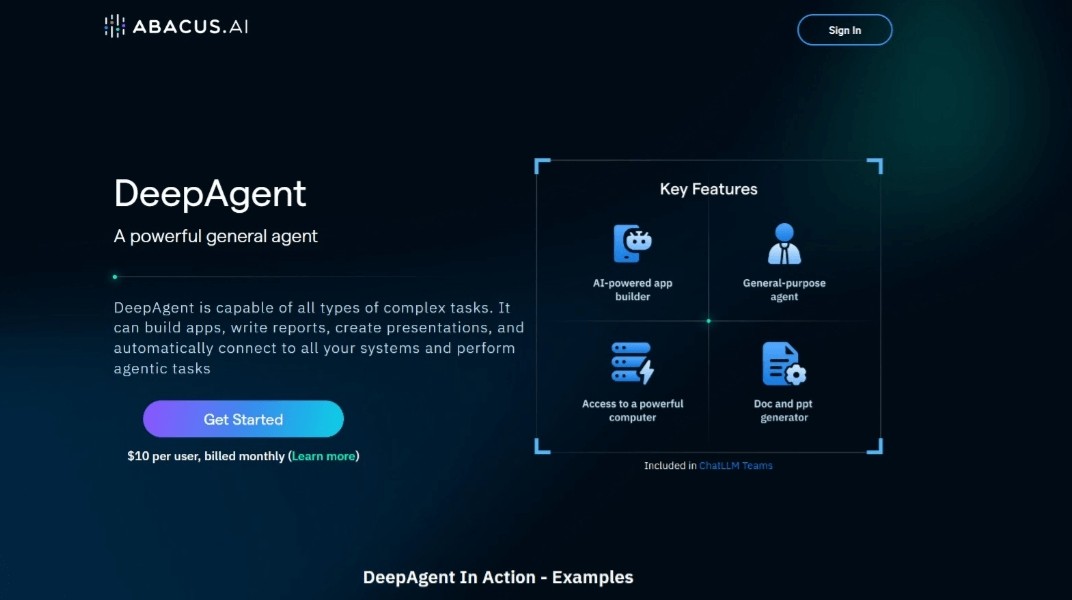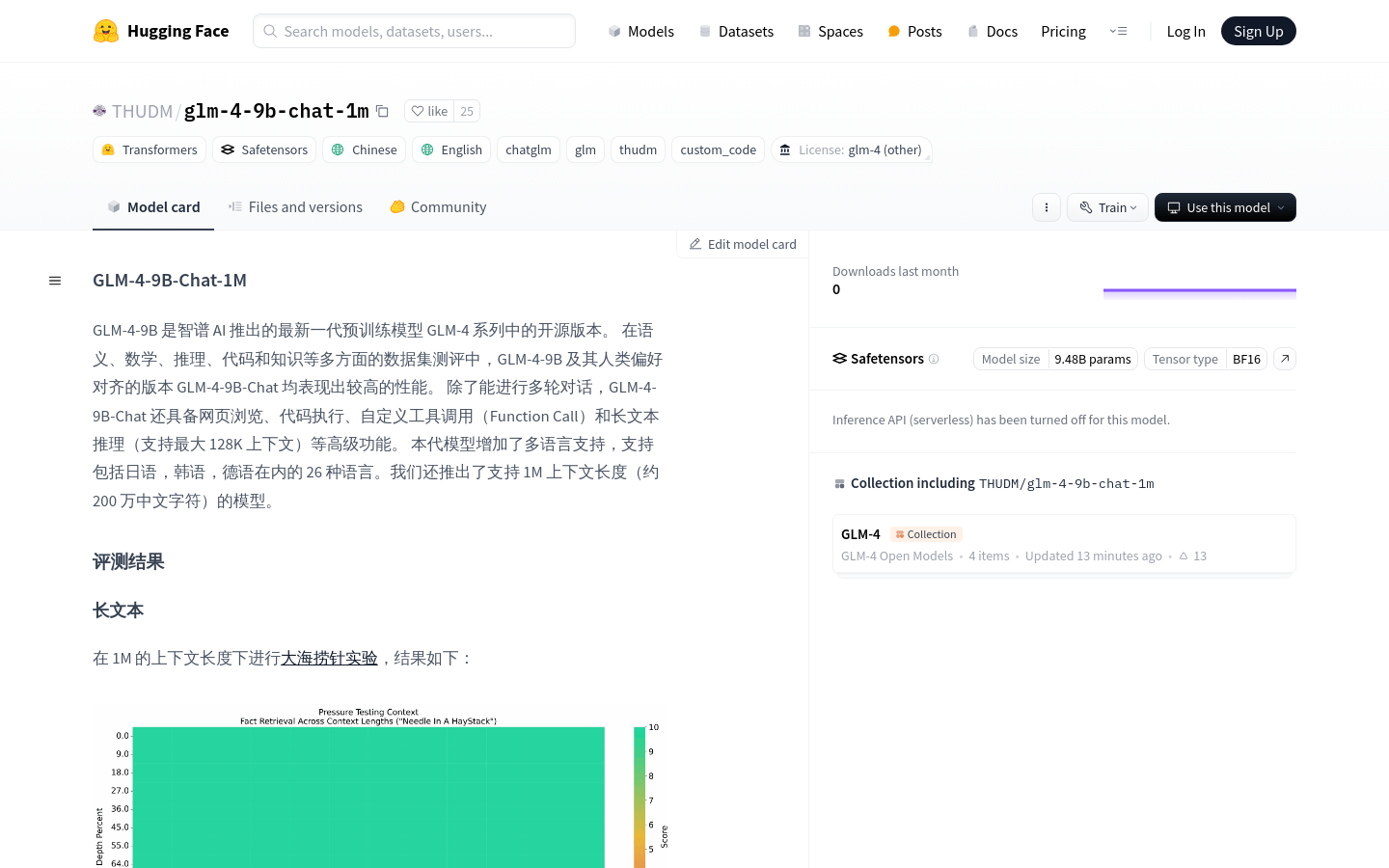
GLM-4-9B-Chat-1M is a new generation of pre-trained models launched by Zhipu AI, and belongs to the open source version of the GLM-4 series. It shows high performance in the evaluation of datasets in many aspects such as semantics, mathematics, reasoning, code and knowledge. This model not only supports multiple rounds of conversations, but also has advanced functions such as web browsing, code execution, custom tool calls and long text reasoning. Supports 26 languages including Japanese, Korean, and German, and has specially launched a model version that supports 1M context length, suitable for developers and researchers who need to process large amounts of data and multi-language environments.
Demand population:
"The target audience is mainly developers, data scientists and researchers who need to process complex data sets, interact with multiple languages, or require models to have advanced inference and execution capabilities. This model can help them improve their productivity, process large-scale data, and effectively communicate and information processing in multilingual environments."
Example of usage scenarios:
Developers use this model to develop multilingual chatbots.
Data scientists use the model's long text reasoning capabilities to perform large-scale data analysis.
The researchers perform algorithm verification and testing through the code execution function of the model.
Product Features:
Multiple rounds of dialogue ability, able to conduct coherent interactions.
Web browsing function allows you to obtain and understand web content.
Code execution ability, able to run and understand code.
Custom tool calls that can access and use custom tools or APIs.
Long text reasoning, supports a maximum 128K context, suitable for processing large amounts of data.
Multilingual support, including 26 languages including Japanese, Korean, German and other languages.
1M context length supports, about 2 million Chinese characters, suitable for long text processing.
Tutorials for use:
Step 1: Import necessary libraries such as torch and transformers.
Step 2: Use AutoTokenizer.from_pretrained() method to load the tokenizer of the model.
Step 3: Prepare the input data and format the input using tokenizer.apply_chat_template() method.
Step 4: Convert the input data to the format required by the model, such as converting it into a PyTorch tensor using the to(device) method.
Step 5: Load the model and use the AutoModelForCausalLM.from_pretrained() method.
Step 6: Set generation parameters, such as max_length and do_sample.
Step 7: Call model.generate() method to generate output.
Step 8: Use the tokenizer.decode() method to decode the output into readable text.

